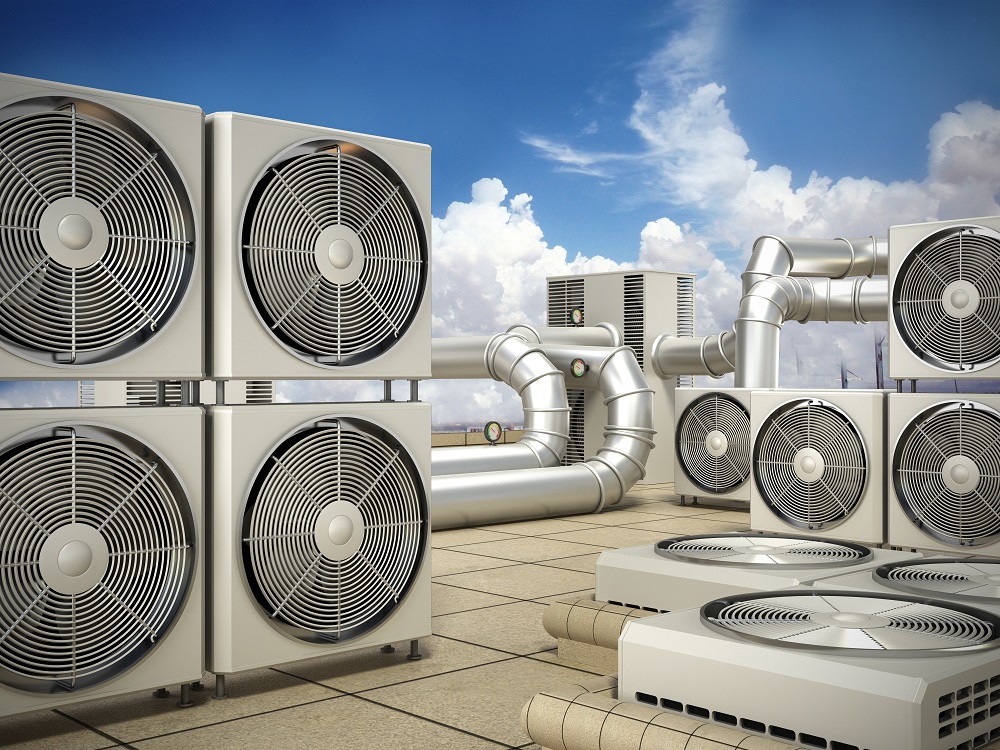Last week, heatwaves resulted in record-breaking temperatures across Europe. The United Kingdom, France, Belgium, Germany, Luxembourg and the Netherlands, all experienced their highest temperatures since records began. Across the pond, the weather wasn’t much better, with more than two-thirds of the United States being gripped by what the Washington Post described as a “potentially deadly heatwave.”
With all that sweltering weather, it is worthwhile to take a moment and think about air conditioning – the simple invention that provides us respite from the summer heat, enables humans to inhabit previously inhospitable places, increases our work productivity and has saved millions of people from suffering heat-related deaths. It is used by hundreds of millions of people around the world and, thankfully, it is also becoming ever more affordable.
Air-conditioning was first invented 117 years ago in 1902 by Willis Carrier in Brooklyn, New York. Carrier invented the unit for a local publishing business, which was having problems caused by the hot and humid conditions in their factory. Sweltering Brooklyn summers meant that the printing paper in the publisher’s factory would often soak up the moisture from the air, which in turn caused the paper to expand and change shape. That ruined the alignment of colors on the printed page – causing financial losses.
Although air-conditioning was originally used for industrial purposes, during the post war economic boom of the 1950s it surged in popularity and its use expanded to offices, hotels, stores, movie theaters and private homes. One of the most impressive things about the invention of air-conditioning is how quickly it went from a luxury good reserved for only the richest in society, to becoming affordable to the masses.
Consider the following. According to Measuringworth.com, in 1952 an average production (i.e., blue-collar) worker’s hourly wage was $1.72. Back then, as Michael Cox and Richard Alm found in their 1997 report Time Well Spent: The Declining Real Cost of Living in America, the average cost of 5,500 BTU air-conditioning unit was $350. That meant that a blue-collar worker had to work 203 hours to earn enough money to buy an air-conditioning unit in 1952.
Today, Walmart sells a far more efficient 6,000 BTU air-conditioning unit (with a remote control) for only $178. With the current hourly salary of a blue-collar worker standing at $32, it now takes just 5.56 hours of labor to buy such an air-conditioning unit. That means that the time price (the number of working hours needed to earn enough money to buy a product) of air-conditioning has fallen by more than 97 percent since 1952.
Put differently, for the same amount of labor that it took to buy one air-conditioning unit in 1952, you can buy more than 36 units today.
Had the entire population of the United States (158 million) bought an air-conditioning unit in 1952, it would have required 32.1 billion hours of total work time. Even though the population of the United States increased by 109 percent to 330 million people, today it would take just 1.8 billion hours of work for every single American to be able to afford an air -conditioning unit. That means that even as the population grew, the affordability of air-conditioning drastically increased.

We call the phenomenon of the time price declining proportionally faster than the population increases “superabundance.” To learn more about “superabundance,” check out HumanProgress.org’s new Simon Project website. The Simon Project counterintuitively shows that as the population increases, the time price of goods and resources decreases. Rather than causing scarcity, additional people make goods and resources more abundant.
The declining cost of air-conditioning is a common trend across nearly all household appliances, from toasters to televisions, from dishwashers to microwaves, from grills to blenders. As we wait for the cooler weather to return, we should be thankful that a machine that has saved and improved millions of lives around the world is continuing to become ever more affordable and abundant.

